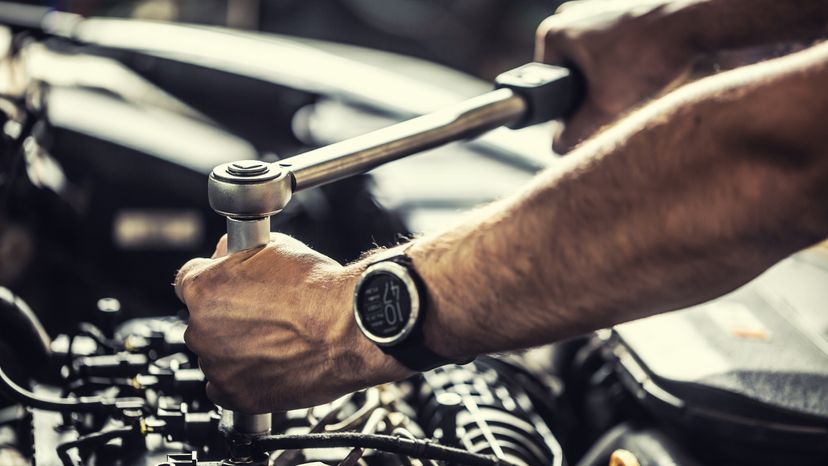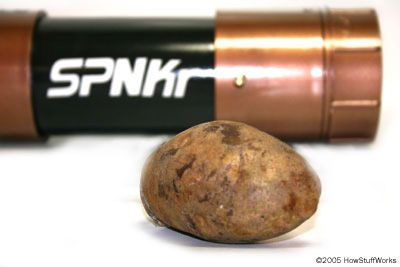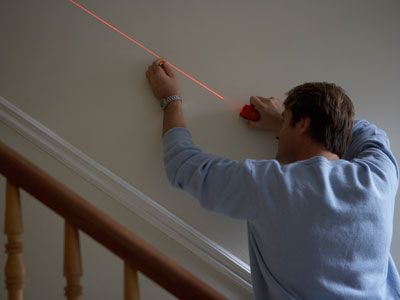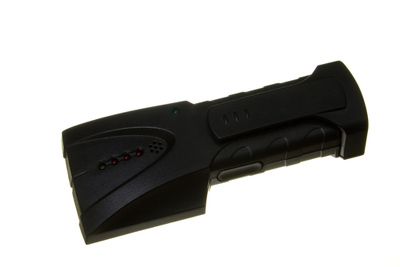
Key Takeaways
- Torque wrenches are designed to apply a specific amount of force to a bolt to prevent under-tightening or over-tightening, which can damage parts or leave them insecure.
- While some torque wrenches have indicators to show when the desired torque is reached, they do not stop applying force automatically. Instead, some models may emit a click or other signal to indicate the torque has been achieved.
- Proper use involves setting the wrench to the specified torque level before use, and it is essential to calibrate the wrench regularly to maintain accuracy.
There are different kinds of torque wrenches, from the simplest to the most sophisticated, all of which are designed to measure the torque value: the amount of force applied while fastening a nut or bolt. They're all tools designed to both fasten properly and to prevent over-tightening or under-tightening a bolt. Over-tightening can cause damage to the fastener, and under-tightening can result in making the item you are attaching or assembling structurally weak and potentially unsafe for use. This is true for car parts and for assembling stationary items, as well.
Some torque wrenches require constant reading of the torque indicator, so that you know when to stop twisting the bolt. Some have a dial to set the required torque, but the indicator doesn't stop applying force automatically when torque is reached. They may have a visual signal such as a digital reading or an audible beep or click. Some torque wrenches are difficult to use in tight places where reading a gauge or indicator may not be possible, as in automotive applications. A click torque wrench can be preset to a specific torque level. The wrench has a clutch mechanism that makes a clicking noise and slips when the maximum level is reached to prevent exceeding the preset torque level.
Advertisement
Click torque wrenches are designed to accurately measure and apply torque; however, they need to be calibrated to retain their precision. After you've finished fastening the bolt, the wrench has to be set back down to zero; otherwise the calibration may be thrown off the next time. It's important to check in advance the specified torque level for the fastener, according to manufacturer specifications. Fastening more than one bolt needs to be done gradually in a revolving sequence, to make sure all the bolts are accurately and equally tightened to the correct torque.
Advertisement


